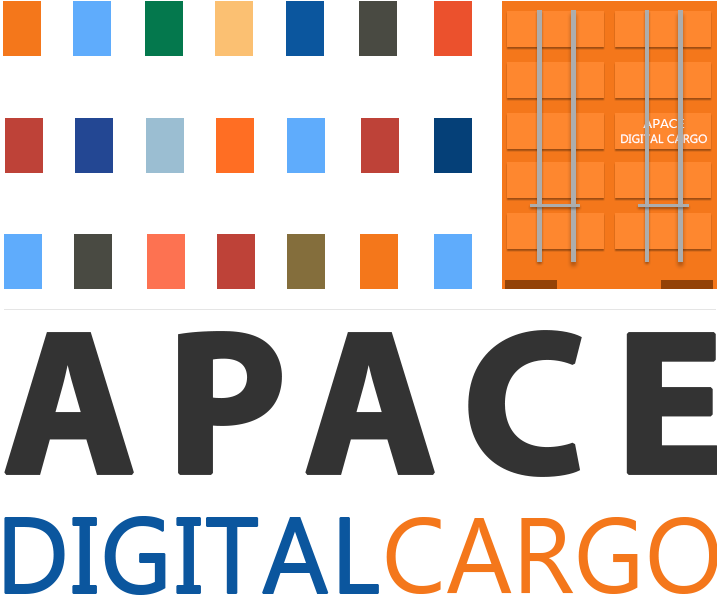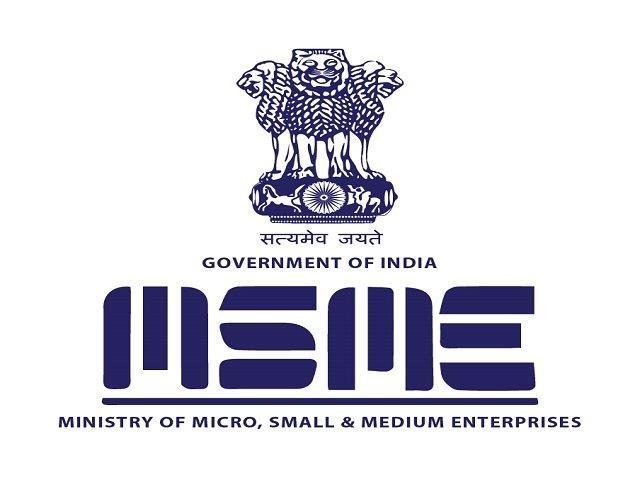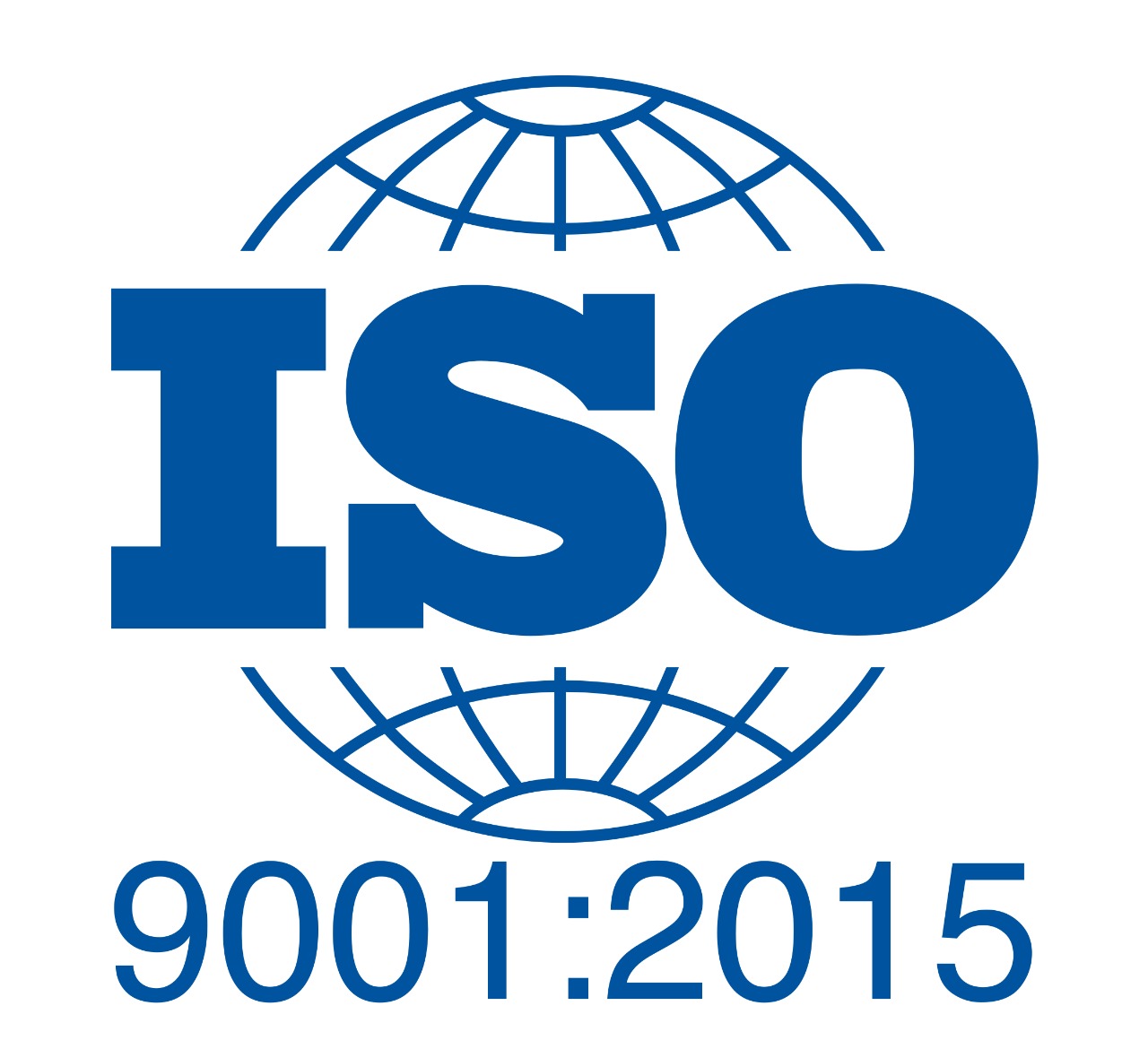
Digital platforms and Single Windows are on the upswing, but are too many of them a problem? In recent years, we have seen single windows like – Unified Logistic Interface Platform- ULIP, National Logistics Portal–NLP, Regulatory Single Window SWIFT, Air Cargo Community System and Port Community System are being introduced to implement paperless, automated systems for Ease of Doing Business (EoDB) and trade facilitation. The entire seamless Logistics value chain operates on these unified platforms, which spell a multitude of benefits – enhanced revenue, faster clearance times, operational efficiency, regulatory compliance, cargo security and environmental sustainability. When these digital platforms come together as one unified force, the multiplier effect on the economy and Logistics trade is humongous.
According to the Organization for Economic Cooperation & Development (OECD), automating processes can trim trade costs by 2.4 per cent for low-income economies, 2.3 per cent for upper middle-income economies and 2.1 per cent for lower-middle-income economies. Closer home, implementing Single Window systems as part of the Business Reforms Action Plan (BRAP) soared India’s EoDB rankings by the World Bank from 142 in 2014 to 63 in 2019.
Deep tech enablement is on the anvil
Technology has acted as the force multiplier in strengthening Single Window solutions. Deep technology interventions like–ABCD: Artificial Intelligence, Blockchain, Connected Community and Digitalisation are translating the Single Windows beyond IT platforms to service Industry 4.0.
Artificial Intelligence and Machine Learning – AI has the potential to disrupt the Logistics industry by bringing a quantum jump in productivity, lower costs and even benefit a new generation of employees. It is actively used to build predictive capabilities for shipment delays, varying climatic conditions, and reactions to the products. AI-based Geo-fencing allows truck drivers to send dock-in requests from mobile apps to Airports and Ports to avoid wait times and congestions at the gate. Similarly, using the power of Machine Learning (ML) to convert documents to EDI messages like AWB to e-AWB. The Digital Platform enables agents to directly submit information to airlines for the Master Air Waybill (MAWB) and House Air Waybill (HAWB) in conformance to airline requirements.
Blockchain for exchange of critical information & documents–Blockchain technology takes the form of a distributed ledger that records transactions between entities securely and permanently. By virtue of ‘sharing’ databases between multiple entities, blockchain effectively cuts out the middleman, such as a trusted third-party intermediary, who otherwise would have been required to verify, record and coordinate transactions in the past. This move from a centralized to a decentralized and distributed system, as facilitated by blockchain, without a doubt, liberates data from the safeguarded silos of the legacy systems.
Connected Community promoting Sustainability – The unified platform being completely Cloud enabled brings “democratic” usage of Technology across stakeholders, building capacity for SMEs to embrace technology at a fraction of earlier costs.
Digitisation–Digitisation is now mandatory. Document exchange can be executed, within a few minutes from as against a few days earlier. The other benefits of digitisation are–better customer service, fully automated sales, end-to-end tracking, document management, complete cargo visibility and arrest revenue leakages with automated accounting and invoicing.
Sounds like all goodies stacked in a single bucket offering? This is how Single Windows are designed to deliver for Industry 4.0.
What is Vision 2030?
- Marketplaces for Logistics where stakeholders will evaluate the best cost and service.
- Blockchain-based Cargo information security
- Shipment will be traceable as an Amazon parcel
- Productivity will increase thanks to the digitisation
- Artificial Intelligence will drive the decision-making on rates/routes/customer preferences
- A clear IT protocol to feed the operation systems
Businesses are evolving, and so are technologies. The Logistics Industry can spot and sustain this synergy.





